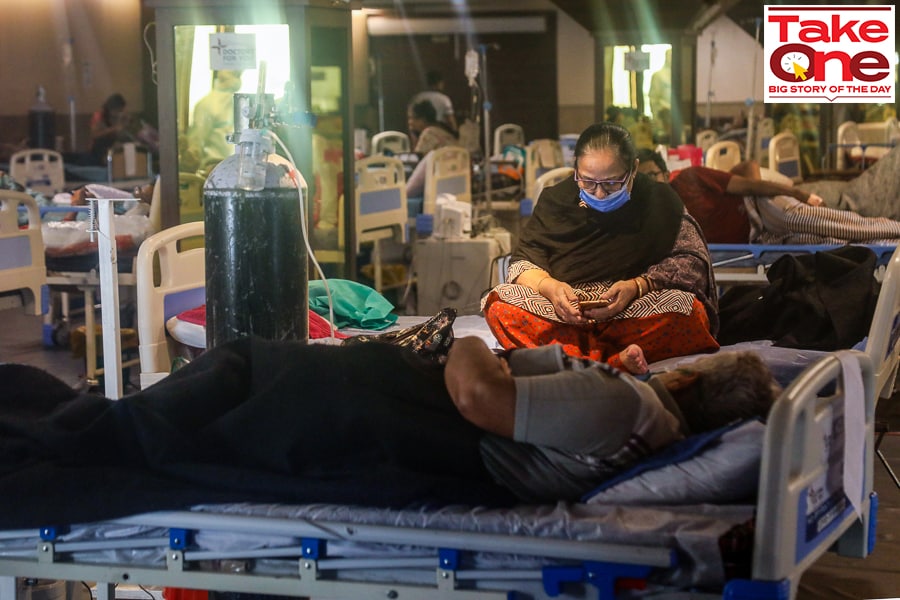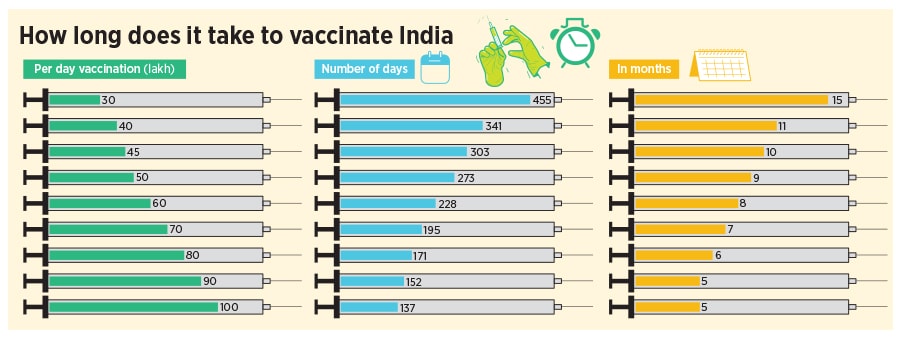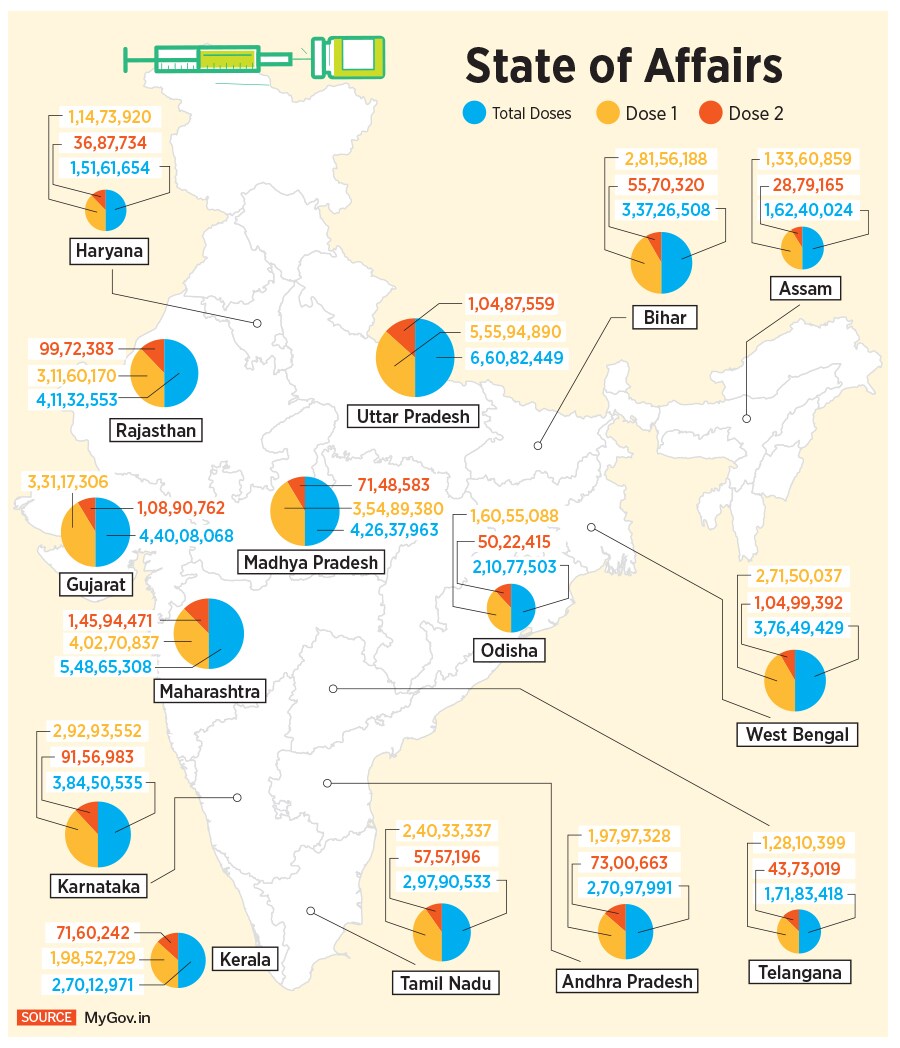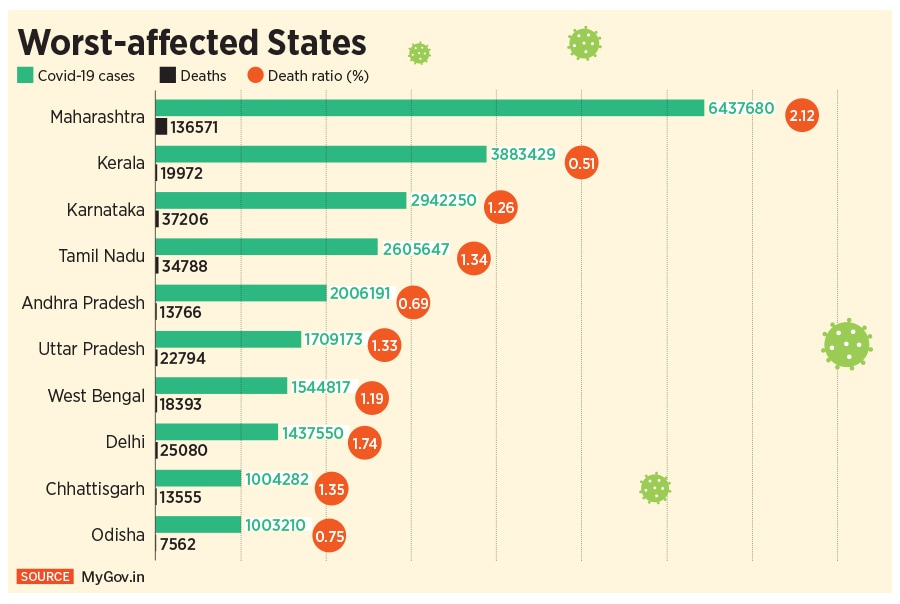
The third wave of Covid-19 looms large in India. Can it be brought under control?
While there is no statistical evidence yet that it will have a bigger impact on children, experts say it is important to be prepared by aggressively improving vaccine access and coverage, and strengthening public health systems
 Image: Naveen Sharma/SOPA Images/LightRocket via Getty Images
Image: Naveen Sharma/SOPA Images/LightRocket via Getty Images
India is staring at a third wave of Covid-19.
That’s what an expert committee constituted by the home ministry believes could happen between September and October. The world’s second-worst Covid-19 affected country after the US could see as many 6 lakh daily cases a day, a little more than what it saw during the peak of the deadly second wave in May.
“Epidemiologists predict a series of surges till we achieve herd immunity through infection or vaccination and the disease becomes endemic,” the report by the committee said in its report dated August 2 to the prime minister’s office. “Earlier, it was proposed that if 67 percent of the population became immune, herd immunity could be achieved. But this has now been complicated by the new and more virulent mutated variants of SARS Cov-2 that can escape immunity from earlier infections and in some cases even the prevalent vaccines. This has pushed the target immune population for achieving herd immunity to 80 to 90 percent.”
That’s a tall ask considering India has managed to only vaccinate 14 percent of its population above the age of 18 with two doses of vaccine. As much as 48 percent of the target 94 crore adult population, however, has received a single dose. Of this, as many as 87 percent has received the Serum Institute of India’s Covishield vaccine while the remaining 13 percent got Bharat Biotech’s Covaxin. In all, the government intends to use about 188 crore doses of vaccine between January and December this year, to inoculate the population.
While the government has granted permission to four other vaccines, including Sputnik V, Johnson & Johnson, ZyCov-D and Moderna, over the past few months, Covishield and Covaxin continue to corner the lion’s share of the total vaccinations. The Russian Direct Investment Fund (RDIF), the sovereign wealth fund of Russia, had firmed up plans to produce over a billion doses of the Sputnik V vaccine in India. So far, only about 4 million [40 crore] doses of the Sputnik V have been administered in India.










